- About
-
Discover
City Guides, Tour Guides, Insider's Guides
-
Experience
Book your next trip
-
Lab
Book the digital Experiences
-
Hidden Gems
Hotels. Restaurants, Bars
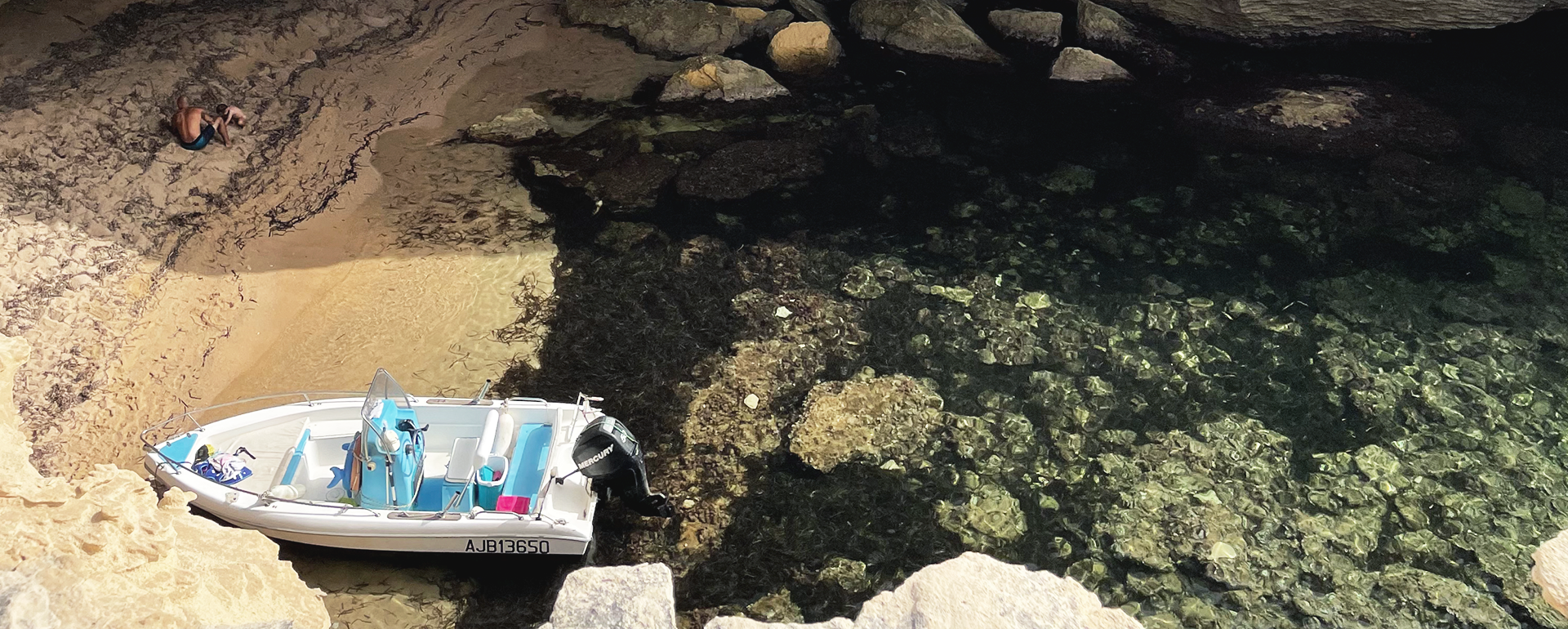
Editor: Margherita Basso
An island in the Mediterranean, Corsica has it all: wild mountains and rugged hills, stunning sandy and rocky beaches, history and delicious food. In between sea and mountains, windy roads and charming little villages.
North of Italian Sardinia and south of mainland France, this Mediterranean island has a multidimensional culture. Linked to France since 1768 and cradle of Napoleon, the island has always claimed its differences and autonomy. A symbol of the identity and diversity of the island is the ancient Corsican language, “U Corsu”, which is still used nowadays and is a mix of Latin and Medieval Tuscan: the legacy of the Pisan and then Genoese occupations of the island.
Marine parks, pristine beaches, gorges carved into granite walls and green expanses: to explore Corsica at its best, we suggest preparing a rough itinerary and getting lost as much as possible to discover beauty with your own eyes in the most unexpected places.
Get behind the wheel of a car to discover the island at its best, losing yourself along breathtaking coastal roads and entering the heart of the island.
The Ile de Beaute, as it’s often called, offers an average of seven and a half hours of sunshine per day. Of course, the best time to visit and make the most of the sea is summer but autumn and spring are perfect to explore the island away from the crowds.
Let’s start our tour with the North of the island. After arriving in Bastia, head west along the scenic coast until you see a large citadel, rising out of the rock above the sea. The pretty town of Saint-Florent, tucked away between the mountains and the sea, is located in one of the most beautiful gulfs in the northern area and lies at the edge of the gorgeous Agriates desert and its incredible beaches.
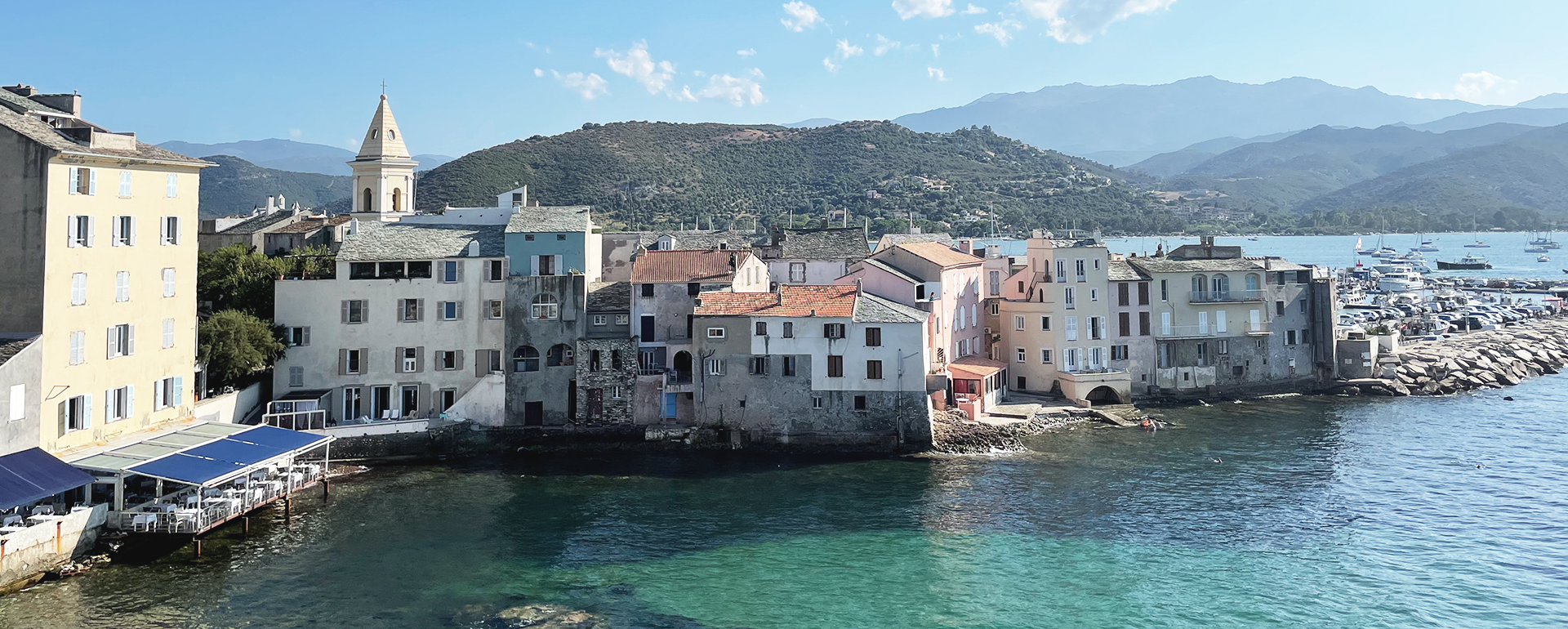
From Saint-Florent, drive through the dunes and explore the wild Desert des Agriates from the beaches of Saleccia and Lotu, strips of white sand with turquoise waters, to the Plage de l’Ostriconi, a beach set at the mouth of a river and surrounded by a wild preserved landscape.
Only a 10 minute drive from the town, there’s a little oasis called Le Potager du Nebbio, a farm-house and restaurant with rustic tables set under the olive trees serving dishes prepared with products of the garden and the daily harvest.
Next on the tour is Calvi, a vibrant town with a picturesque marina filled with fishing boats, a citadel - home to the French Foreign Legion - and festive atmosphere.
According to Corsicans, Columbus was born in the town of Calvi, which from the 13th to the 18th century was an integral part of the Genoese Maritime Empire.
Calvi also offers a beautiful 6km long beach where tourists and locals alike can enjoy the sun.
In the late afternoon after a day spent at the beach, head up to the 15th century citadel and take in the stunning views of the city below with the bustling port and the blue sea, while watching the sun go down. For dinner, try the local cuisine at Restaurant U Fanale, combining delicious flavours and authenticity.
If you want to indulge into a luxury stay, book a room at La Signoria, an 18th century manor nestled in a green spot between the sea and mountains. The estate is set in a lush paradise of orange trees, palm and pine trees and gurgling fountains, where you’ll feel like you’re a guest at someone’s home.
Another great option is La Villa, a 5-star hotel offering wellness retreats and beautiful views over the citadel.
Nature lovers can take a boat trip from Calvi to the UNeSCO Natural World Heritage Site of Scandola, a marine and land reserve known for its dramatic formations of red rhyolite cliffs and flourishing fauna, including dolphins, seals and ospreys.
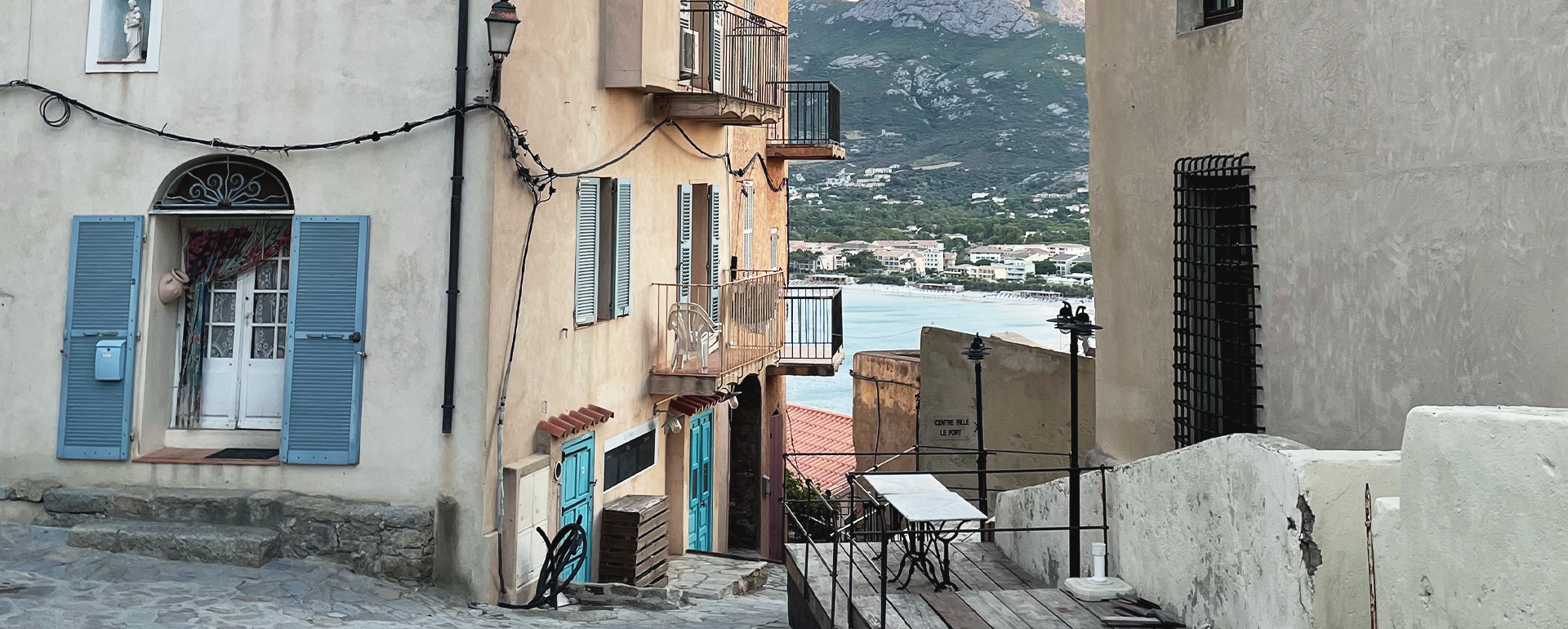
Moving from the coast to the inland, we suggest paying a visit to Sant’Antonino village, listed as one of the “most beautiful villages of France”. Perched on top of a granite hill and surrounded by the beautiful Balagne countryside and its olive trees and vineyards, Sant’Antonino is a well preserved village with narrow streets and 75 houses carved into the rock, using local stones.
Continuing the journey headed South, stop for a fresh dip in the crystal clear water of Plage de l’Alga, before stopping for lunch at Restaurant U Nichjaretu, a beachfront restaurant with beautiful views offering Corsican specialties, fresh fish and lamb grilled with wood fire and homemade desserts.
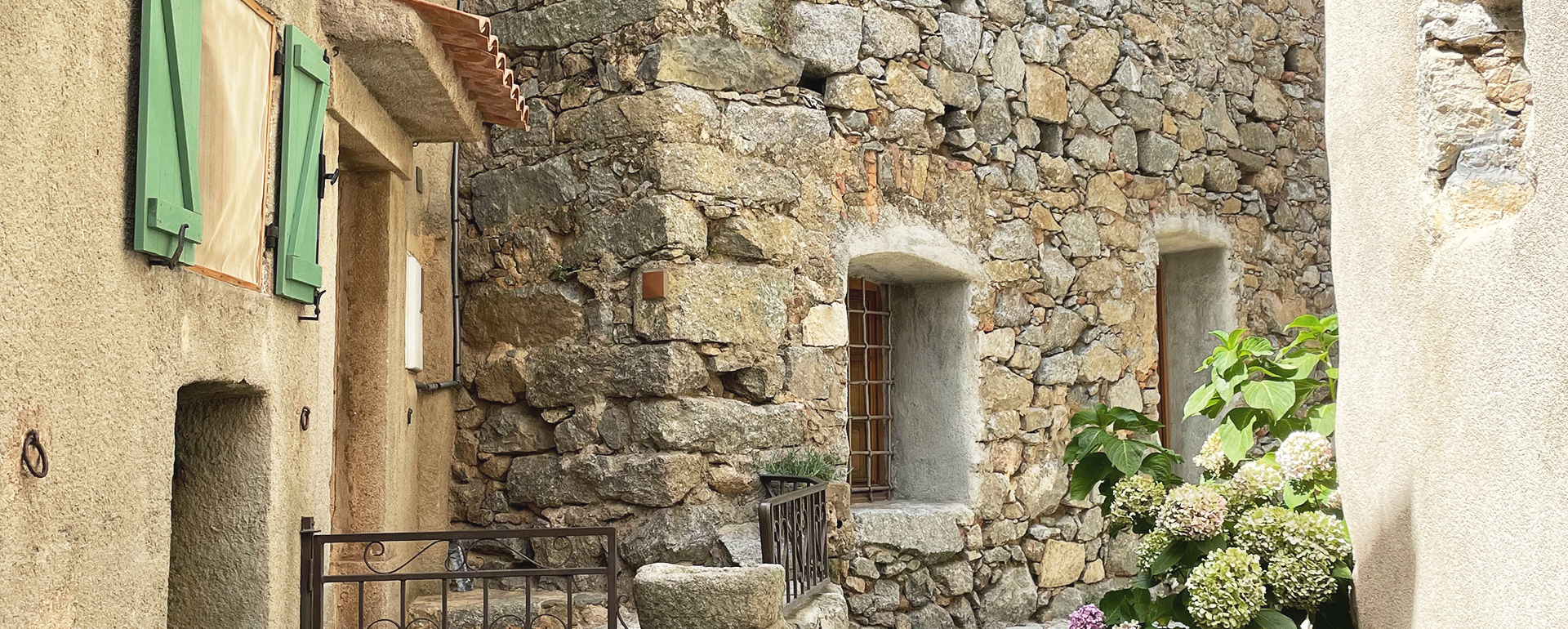
Continuing the tour towards the Gulf of Porto, you’ll be amazed by the change of scenery: from white beaches and vibrant villages, in Bussaglia you’ll be welcomed by a wild and incontaminated scenery.
Bussaglia is in fact located in the heart of the UNeSCO Natural World Heritage Site of Scandola, a marine and land reserve known for its dramatic formations of red rhyolite cliffs and flourishing fauna, including dolphins, seals and ospreys.
We suggest boarding a boat to sail along the coast and discover this exceptional area from the sea. With its gorgeous red cliffs, the Scandola reserve and its 900 hectares of protected vegetation offer magnificent views of natural beauty.
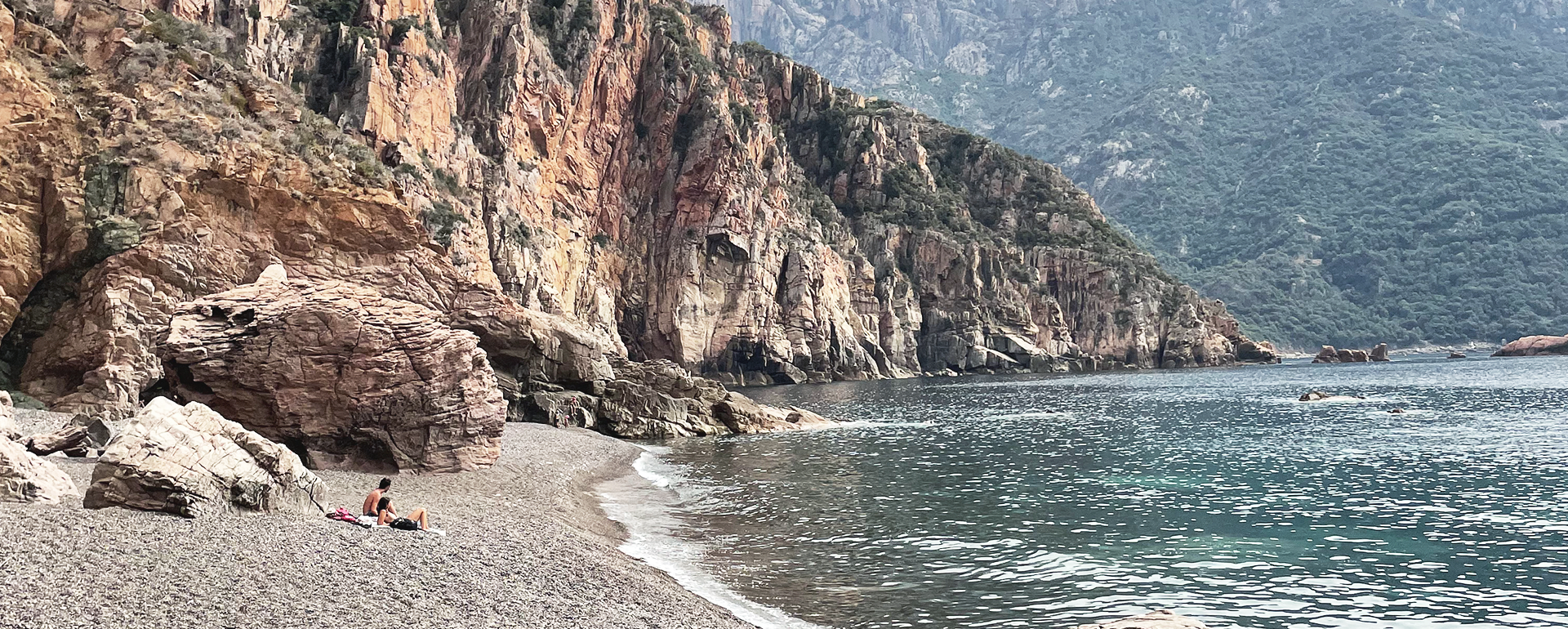
To fully experience this wild and secluded area, book a room at L’Aiglon, a charming residence-hotel only a 10 minutes walk from the plage of Bussaglia. L’Aiglon features 12 suites-apartments designed mixing Corsican and Cycladic accents, that make for perfect cozy nests. Relax in the shelter of century-old oaks and pines and take a dip in the beautiful swimming pool immersed in the maquis, the Mediterranean bush. A stay at L’Aiglon is the perfect choice for slow-living in Corsica, with days spent relaxing in the lush greenery of the hotel and walking to the beach for breakfast and dinner - with a chance of spotting cows roaming free alongside the road - where you can choose between the only two restaurants in the area: Restaurant Le Mare Chiare and Restaurant Les Galets.
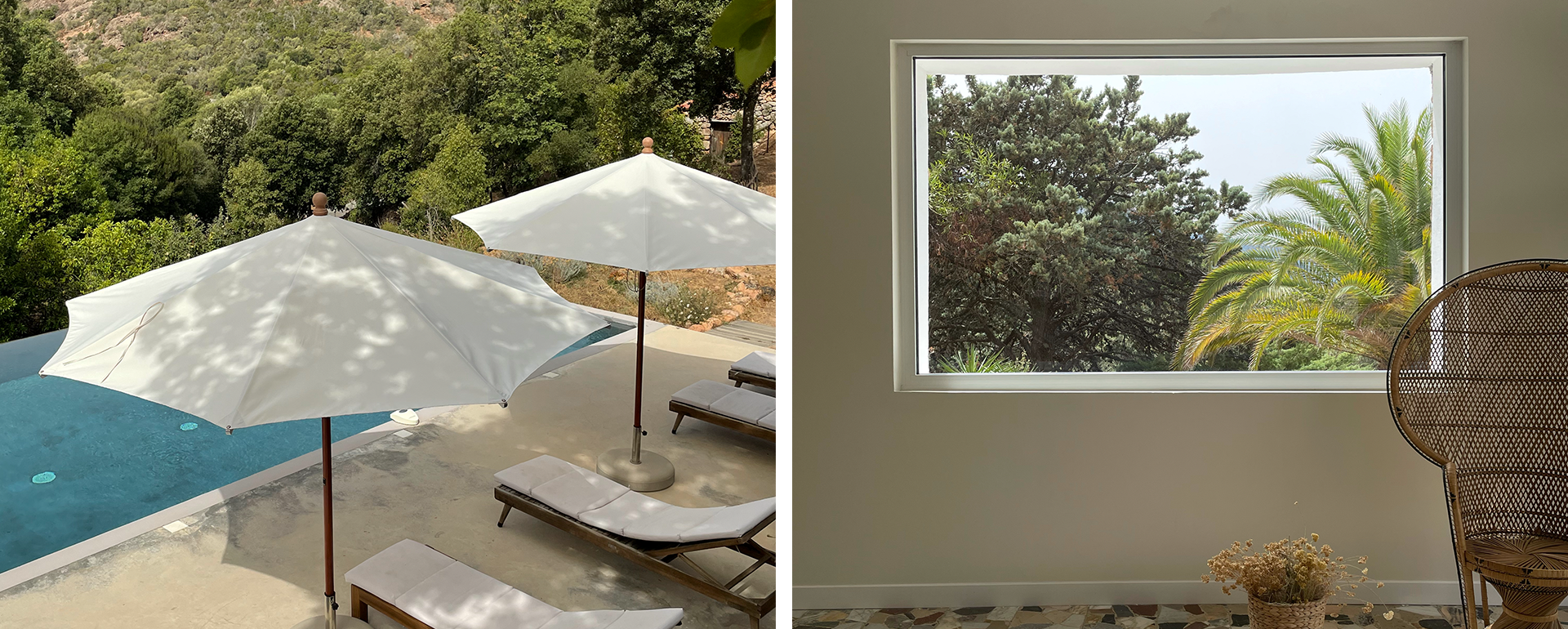
After a few idyllic days in Bussaglia, head back on the road all the way to Bonifacio. But before arriving at the tour’s final destination, stop at the beautiful Plage de Ficajola and be ready to remain speechless while passing through the Calanches de Piana, stunning volcanic geological formations surrounding the road.
On the way to the southern area, one may want to stop at Domaine de Murtoli and spend a few idyllic days immersed in the stunning 2.500 hectares estate. Open from April to early January, Domaine de Murtoli is a place like no other: a widespread hotel gathering about 20 shepherds’ houses and landlord mansions from the 17th century and offering bespoke hotel services and extraordinary escapes.
At the southern end of the island, the city of Bonifacio defies the laws of gravity. Bonifacio is in fact set on a promontory sculpted by the sea and the wind. The old city, protected by the ancient Genoese citadel, seems to cling to the limestone cliffs that protect the city port. At the bottom of a natural inlet, the port now houses a marina while in the past it was the coveted refuge for vessels crossing the Mediterranean. Take a stroll through the maze of streets and alleyways of the old town, inside the 9th century citadel, to check out the pretty piazzas, boutiques and brasseries.
Book a table for dinner at L’An Faim, a small restaurant at the end of the marina, serving a seasonal bistro-style cuisine. L’An Faim is a den of local regulars where to taste fresh ingredients and dishes rich in flavours in a relaxed atmosphere.
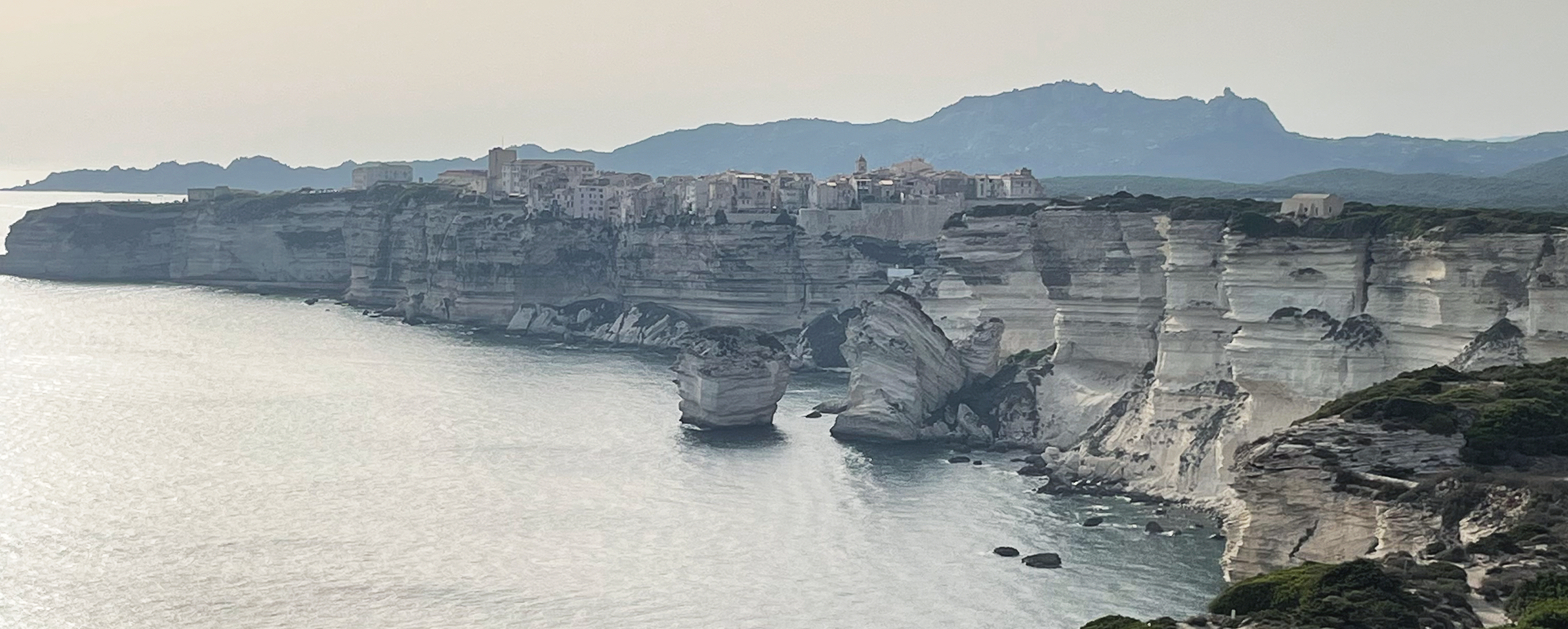
Want to know the best places to stay near Bonifacio? Let’s start with Les Oliviers de Palombaggia, a resort far from the hustle and bustle with suites perched above some of the most beautiful beaches of the island, facing Sardinia.
Other great options are Domaine Pardini, the perfect place to slow down and celebrate the delicate yet wild beauty of Corsica, and Domaine Peretti della Rocca, an estate with four bedrooms surrounded by vineyards.
Last but not least, we suggest the Hotel Les Chambres de Mila, a boutique hotel with seven rooms and an outdoor pool located on a rocky hillside and only 4 km away from Rondinara beach.
If instead you’d like to stay in the heart of the old town or in the harbor, you should take a look at apartments to rent on airbnb.
Some of the best beaches in the area include Plage de Saint-Antoine, hard to reach but worth the effort, the Plage du Petit Sperone, a beautiful small cove, and Grand Sperone. Between Bonifacio and Porto Vecchio, make sure to spend a day at either Rondinara, Palombaggia or Santa Giulia beach.
You cannot leave Bonifacio before boarding a boat excursion to visit the Lavezzi archipelago, a group of beautiful natural islands surrounded by turquoise waters. While on your way, you’ll get to witness the beauty of the port of Bonifacio by sea, which truly is a unique sight to see.